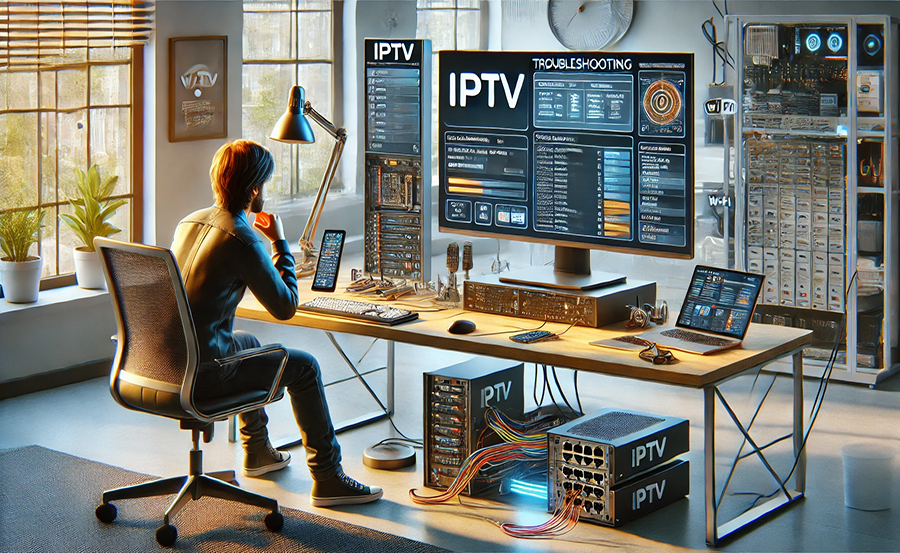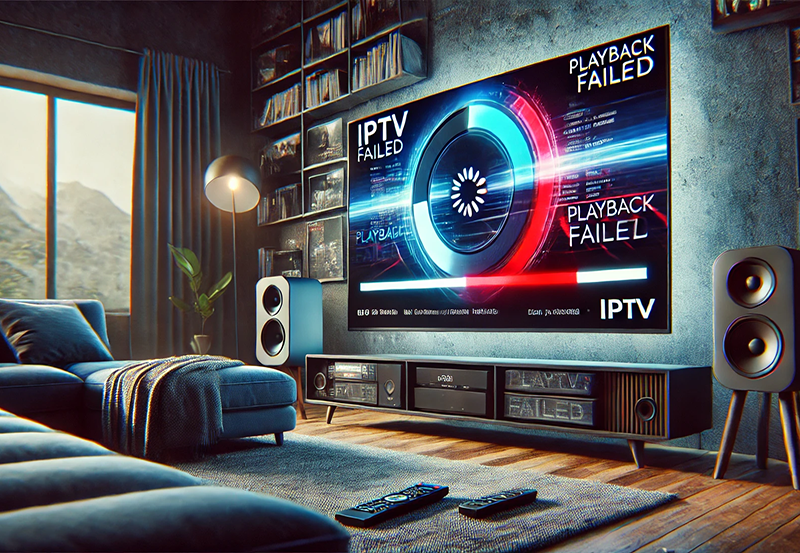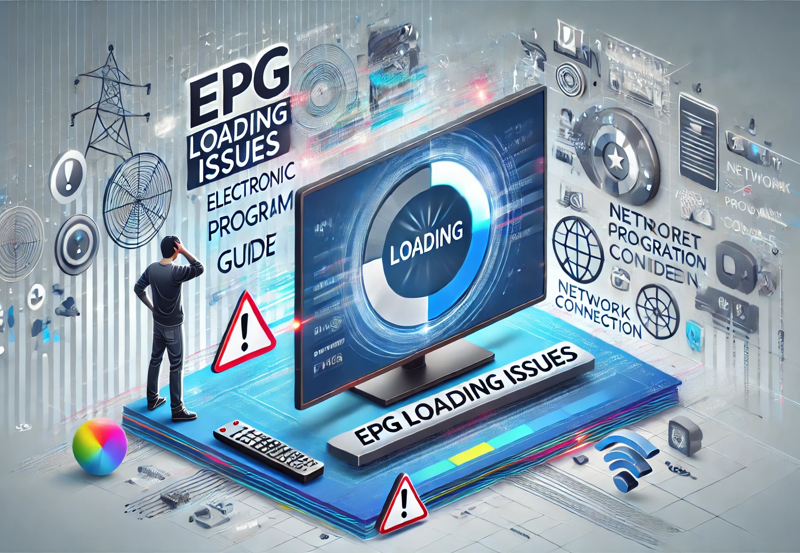In today’s fast-paced digital world, the way we consume content has drastically changed. Streaming, particularly IPTV, has revolutionized how we enjoy our favorite movies and series. For those using a Windows PC, ensuring optimal performance and stability can seem like a daunting task. But it doesn’t have to be. This article aims to offer clear, practical guidance on harnessing the full potential of IPTV, emphasizing stability and stream quality.
Understanding IPTV and Its Advantages
Before diving into best practices, it’s vital to grasp what IPTV is and the benefits it offers. IPTV, or Internet Protocol Television, is a service that delivers TV programming through the internet rather than traditional terrestrial, satellite, or cable formats. This technology provides a greater level of flexibility, allowing users to access a diverse array of content seamlessly.
What is IPTV?
IPTV operates through the internet, utilizing IP packets to stream content directly to users. This service replaces conventional methods, providing tailored content on demand. With IPTV, users can handpick channels and shows, granting more control over what and when they watch.
Streaming Advice:
Enhance your entertainment with Buy IPTV online and enjoy premium global content from anywhere.
The Benefits of IPTV
One of the primary draws of IPTV is its wide-ranging content selection. Whether it’s live broadcasts, on-demand movies, or curated series, IPTV offers something for everyone. This vast selection is often paired with high-definition quality and seamless integration across different devices.
Why Use IPTV on a Windows PC?
Windows PCs are often the preferred platform for IPTV streaming due to their versatility and processing power. PCs can handle high-demand streams without compromising performance, providing a smooth viewing experience. Additionally, with the right software, setting up IPTV on a Windows PC can be straightforward.
Setting Up IPTV on Windows PC
Embarking on your IPTV journey involves a few initial steps. Proper setup ensures not only the best viewing experience but also maximizes the capabilities of your Windows PC. This section will guide you through the essential steps to set everything up perfectly.
Choosing the Right IPTV Provider
Not all IPTV providers offer the same quality of content or streaming stability. It is crucial to select a provider renowned for reliable service and a robust library of content. Premium IPTV services often offer additional features, including higher resolution options and less buffering, ensuring you Stream Smarter and Enjoy IPTV Better.
Installing IPTV Software
Once you’ve selected a provider, the next step is installing IPTV software on your Windows PC. Applications such as VLC Media Player or dedicated IPTV apps provide easy setup processes. These apps facilitate seamless link integration, ensuring you can start streaming almost immediately after installation.
Connecting and Configuring Your Device
After installation, the next phase involves configuring the software to your preference. This step might include linking your IPTV subscription, setting resolutions, and adjusting buffer settings to ensure stability during peak usage times. Proper configuration can mean the difference between a flawless experience and constant interruptions.
Ensuring Network Compatibility
Network compatibility plays a pivotal role in maintaining uninterrupted IPTV streaming. A strong, stable internet connection is fundamental. Often, Ethernet connections provide better stability than Wi-Fi for streaming purposes.
Optimization Tips
- Ensure your internet speed is at least 20 Mbps for optimal HD streaming.
- Close unnecessary applications to free up system resources.
- Regularly update your IPTV software to the latest version for improved performance.
- Use wired connections instead of wireless ones where possible.
Maximizing IPTV Streaming Quality and Stability
Good streaming quality and stability don’t just depend on setup; ongoing management is crucial. Following are some strategies to ensure your streaming experience remains top-notch.
Optimize Your Internet Connection
Your internet connection’s speed and reliability are vital in streaming stability. Investing in higher bandwidth and using a reliable ISP can make substantial differences.
Reducing Network Congestion
Network congestion occurs when multiple devices use the internet simultaneously, degrading your connection. Scheduling IPTV sessions during off-peak hours can help maintain high streaming quality.
Regular Speed Testing
Performing regular internet speed tests allows you to monitor your connection and address any speed deficiencies before they affect streaming quality.
Adjusting Quality Settings
Not every stream needs to be in 4K or even HD. Adjusting the quality based on network conditions and device capabilities ensures smoother playback. Most IPTV apps offer adaptive streaming to automatically manage this.
Buffering Solutions
While buffering is sometimes inevitable, there are ways to minimize its impact. Increasing the buffer size within your chosen IPTV software can help mitigate common streaming issues.
Common Troubleshooting Tips
No system is flawless. Occasionally, issues may arise. This section aims to provide solutions to common IPTV streaming problems you might face on a Windows PC.
Resolving Image Quality Issues
If the image quality isn’t up to par, checking your display settings, updating graphic drivers, and ensuring your resolution settings match your screen can often resolve these issues quickly.
Addressing Audio Problems
Issues with audio can often be traced back to incorrect settings either within the app or on your Windows PC. Adjusting the audio settings to the default device or ensuring your drivers are current can usually rectify these concerns.
Handling Application Crashes
Application crashes can be particularly frustrating but are often resolved by simply restarting the app, clearing its cache, or ensuring that your system meets all software requirements.
Overall IPTV Streaming Maintenance
Like any intricate system, IPTV on a Windows PC requires regular maintenance for optimal performance. By following a few simple practices, your IPTV experience can remain seamless and enjoyable.
Regular Software Updates
Maintaining up-to-date software is critical. Updates often fix known bugs and enhance the system’s stability, which directly impacts your streaming experience.
Managing Storage and Files
Ensuring ample storage space and regularly cleaning out unnecessary files can greatly impact the performance. A well-organized system can prevent lagging and other performance issues.
Keeping Your System Secure
Finally, security is a concern. Regularly updating your virus protection and performing system scans can prevent malicious software from disrupting your IPTV streaming.
Embrace the Future of Entertainment
The journey into the world of IPTV can redefine how you consume media. With the right knowledge and tools, your streaming experience on a Windows PC can be unparalleled. Implement strategies to maintain and optimize your setup, ensuring that every viewing session is as expected – smooth, reliable, and enjoyable.
Frequently Asked Questions

What is the best IPTV software for Windows PC?
There are several great options, including VLC Media Player and dedicated IPTV apps like IPTV Smarters, each offering unique features for a tailored experience.
Why does my IPTV stream buffer so often?
Buffering can be caused by network congestion, inadequate internet speed, or high-quality settings that exceed your network or device capabilities.
How can I improve my IPTV streaming quality on a Windows PC?
Ensure a stable internet connection, reduce network congestion, and adjust streaming quality settings within your IPTV application for improved performance.
Is it safe to use IPTV services on Windows PC?
Yes, it’s safe if you use a reputable provider and maintain good cybersecurity practices, like regularly updating your antivirus software.
What should I do if my IPTV application crashes frequently?
Try restarting the application, clearing its cache, and ensuring all relevant drivers and software are up-to-date. If the issue persists, consider reinstalling the application.
Can I watch IPTV on multiple devices simultaneously?
This depends on your IPTV provider and subscription plan. Some services offer multi-device support while others may restrict usage to one device at a time.
What is Lazy IPTV and How to Install?





